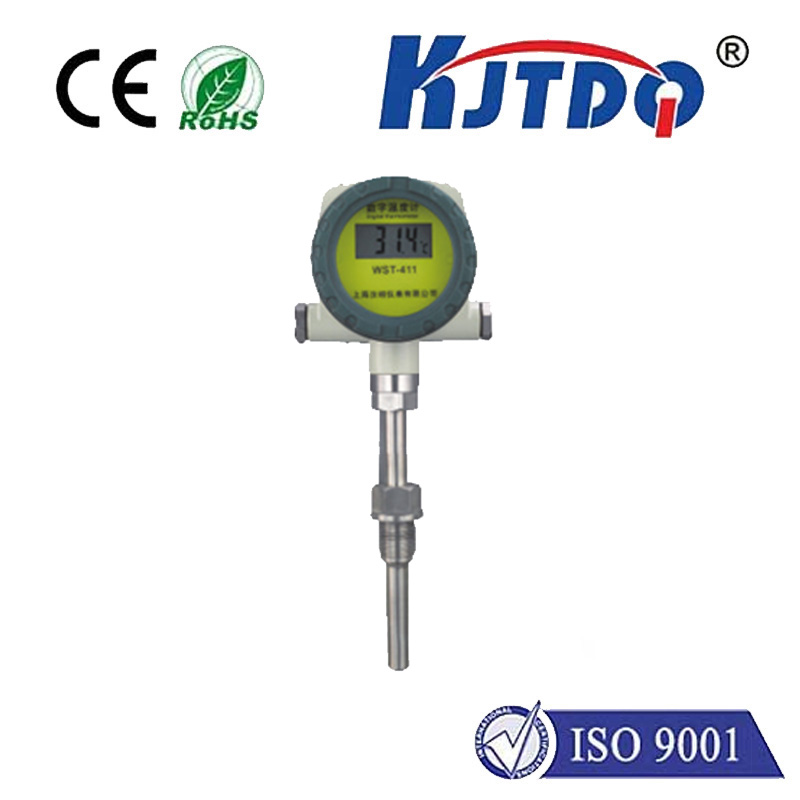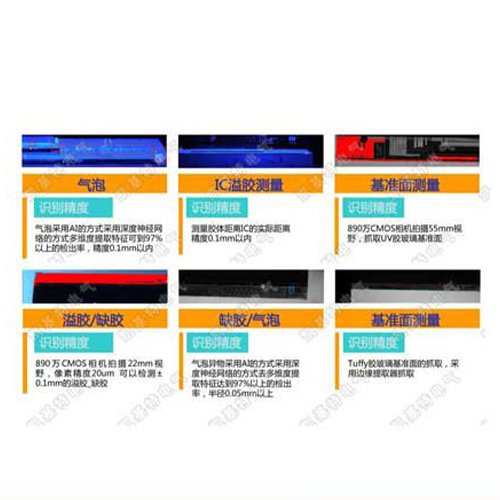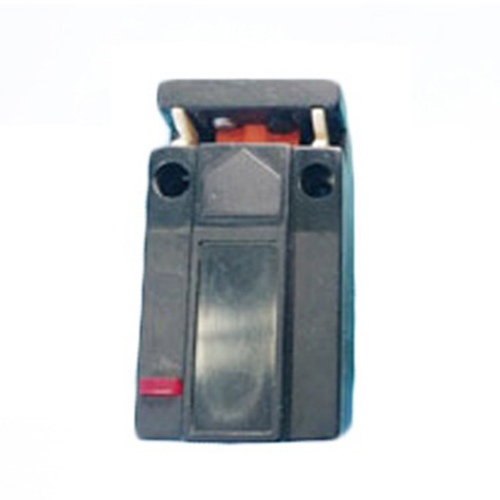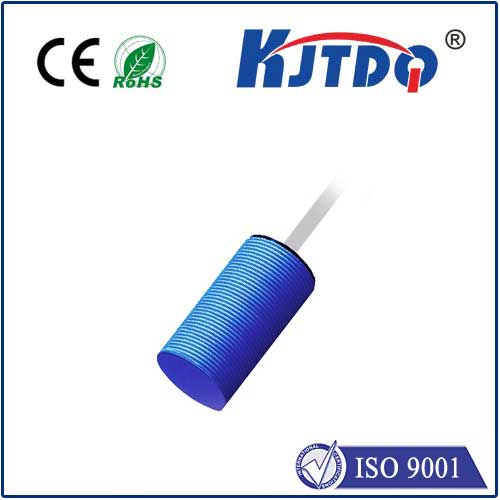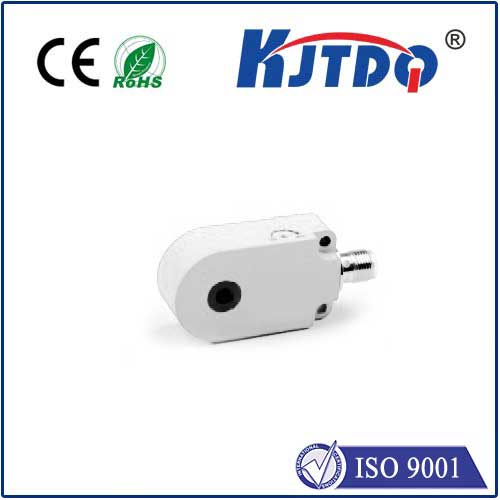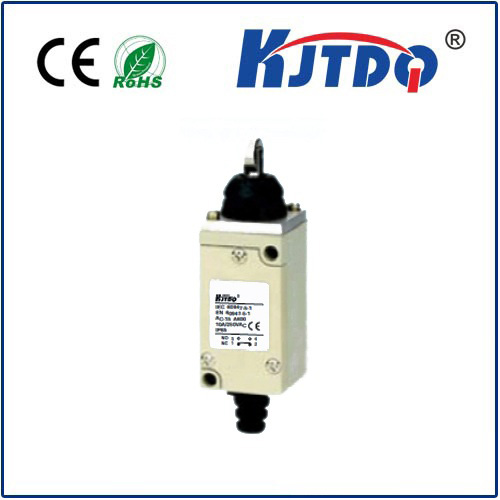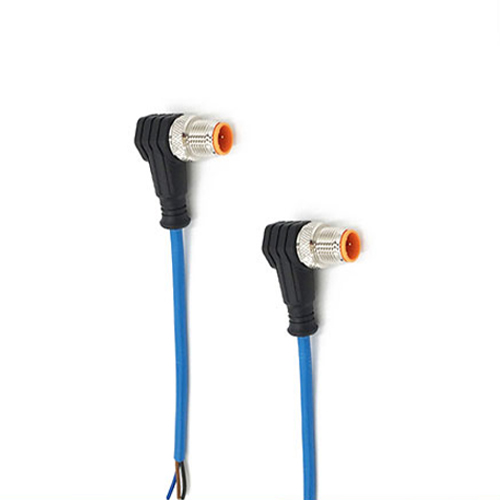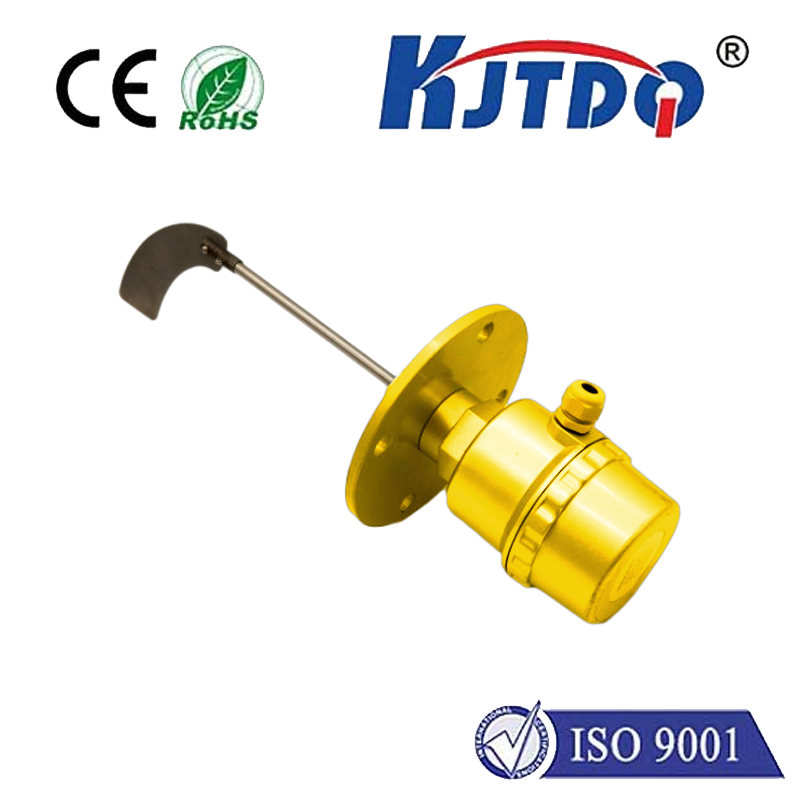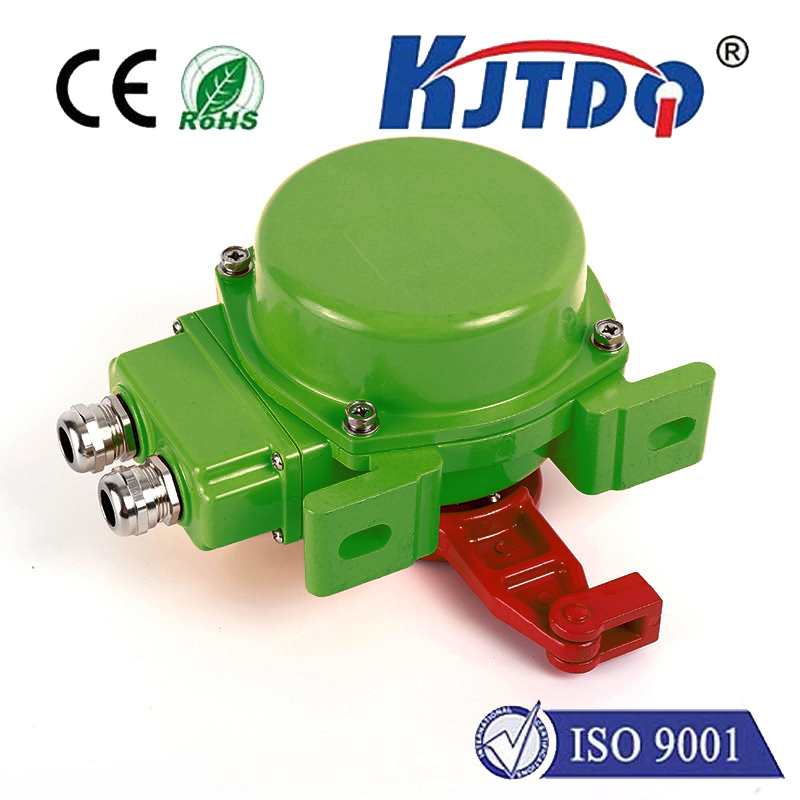iot proximity sensor
- time:2025-07-05 02:18:42
- Click:0
Unlocking Potential: How IoT Proximity Sensors Transform Our Interactions
Imagine approaching hospital doors that glide open silently before you touch them, smart warehouses where inventory locates itself, or factories where machines automatically pause when a worker gets too close. This seamless, responsive interaction isn’t science fiction; it’s the reality powered by the often-overlooked hero of the smart world: the IoT Proximity Sensor. These tiny, intelligent sentinels bridge the physical and digital realms, enabling devices to perceive and react to the presence or absence of nearby objects without physical contact, all through the connective power of the Internet of Things.
Beyond the Basic “Beep”: The Heart of IoT Contextual Awareness
At its core, a proximity sensor detects the presence, absence, or distance of an object within a defined range. Traditional sensors have existed for decades, commonly used in applications like elevator door safety or parking assist systems. However, integrating proximity sensing with IoT transforms these devices from simple triggers into powerful data sources. By connecting these sensors to a network, the data they generate becomes accessible, actionable, and part of a larger ecosystem of intelligence.
IoT proximity sensors come in various flavors, each suited to different environments and needs:
- Infrared (IR): Detects heat signatures, ideal for presence detection in spaces like rooms.
- Ultrasonic: Sends sound waves and measures echo time, excellent for distance measurement and object detection in varying conditions.
- Capacitive: Detects changes in an electromagnetic field caused by conductive objects (like the human body), perfect for touchless interfaces or liquid level sensing.
- Inductive: Specifically detects metallic objects, widely used in industrial automation.
- Photoelectric (Light Beam): Uses a light transmitter and receiver (or reflector) to detect object presence by beam interruption.
The Magic Ingredient: Connectivity. The ‘IoT’ prefix signifies that these sensors are equipped with communication modules (like Wi-Fi, Bluetooth Low Energy (BLE), LoRaWAN, or cellular). This allows them to transmit detection data in real-time to cloud platforms, gateways, or other connected devices.

Where Intelligence Meets Interaction: Real-World Applications
The fusion of proximity awareness and IoT connectivity unlocks a vast array of transformative applications:
- Revolutionizing Smart Buildings & Spaces: IoT sensors create intuitive environments. Lights and HVAC systems activate upon detecting occupancy and power down when spaces are empty, driving significant energy efficiency. Touchless controls for doors, faucets, and elevators enhance hygiene and accessibility. Sensors monitor space utilization, optimizing cleaning schedules and room bookings.
- Industrial Automation & Safety at the Edge: On factory floors, IoT proximity sensors are crucial for safety, triggering machine shutdowns if personnel enter hazardous zones. They enable precise asset tracking of tools, materials, and work-in-progress inventory across a facility. Predictive maintenance systems use sensor data to monitor equipment proximity and vibration anomalies.
- Smarter Retail & Customer Experience: Retailers deploy sensors to understand customer behavior, tracking dwell times near displays or product zones. Interactive kiosks activate as shoppers approach, offering personalized information or promotions. Smart shelves use proximity sensing to detect low stock or misplaced items.
- Enhanced Security & Access Control: IoT proximity sensors form the backbone of intrusion detection systems, triggering alerts if movement is detected in unauthorized areas. They enable sophisticated access control, granting entry based on proximity credentials (key fobs, smartphones) with seamless user experience.
- Optimized Logistics & Asset Management: Throughout the supply chain, sensors track the location and movement of pallets, containers, and vehicles within warehouses or yards. They monitor gate activity and vehicle docking, streamlining logistics operations.
- Automotive & Smart Mobility: Beyond parking sensors, IoT-enabled vehicle proximity sensors contribute to collision avoidance systems, blind-spot monitoring, and even smart charging solutions where communication initiates when an EV approaches the charging station.
The Compelling Advantages: Why IoT Proximity Sensors Shine
Moving beyond basic detection to IoT-enabled sensing offers distinct advantages:
- Remote Monitoring & Control: Access sensor status and data from anywhere, enabling centralized management of vast deployments.
- Real-Time Decision Making: Data streams empower systems and personnel to react instantly to proximity events, whether it’s adjusting lighting or flagging a safety breach.
- Predictive Analytics & Automation: Aggregated sensor data feeds analytics engines, enabling predictive insights (e.g., anticipating equipment failure from unusual proximity patterns) and triggering automated workflows.
- Enhanced Efficiency: Optimize energy use, space utilization, personnel deployment, and operational flow based on real-time occupancy and presence data.
- Improved Safety & Hygiene: Create inherently safer environments (e.g., industrial machinery zones) and promote touchless interactions in public spaces.
- Deeper Insights: Gain unparalleled understanding of how people and objects move within physical environments.
Selecting the Right Sentinel: Key Considerations
Choosing the appropriate IoT proximity sensor requires careful thought:
- Detection Range & Accuracy: How far away and how precisely do you need to sense the object?
- Target Object: What is the sensor detecting? (Metal, human body, liquid, any object?).
- Operating Environment: Consider temperature extremes, moisture, dust, vibration, or potential interference (e.g., sunlight affecting IR).
- Power Constraints: Battery-powered sensors need efficient communication protocols like BLE or LoRaWAN.
- Connectivity Needs: Match the sensor’s range, bandwidth, and power requirements with the right network (Wi-Fi for high bandwidth/short range, Cellular for wide area, LoRaWAN for long range/low power).
- Data Processing: Determine if edge processing (on the sensor/gateway) is needed for faster response or to reduce cloud data load.
The Future is Close at Hand: Evolving Capabilities
The evolution of IoT proximity sensing is rapid:
- Sensor Fusion: Combining multiple types of sensors (e.g., PIR + Microwave) significantly reduces false positives and increases reliability.
- Edge AI Integration: Embedding intelligence directly into sensors allows for on-device filtering and complex event detection without constant cloud reliance.
- Ultra-Low Power Designs: Extending battery life for years, enabling deployments in hard-to-reach or remote locations.
- Miniaturization: Making sensors smaller and less obtrusive, blending seamlessly into environments.
- Enhanced Precision: Development of sensors capable of even finer distance resolution and detection of smaller objects.
The Unseen Powerhouse
IoT proximity sensors are the unsung heroes enabling the responsive, intelligent world we increasingly inhabit. Their ability to perceive presence and distance, coupled with the power to transmit that awareness instantly across networks, transforms simple detection into actionable intelligence. From creating safer factories and smarter buildings to delivering seamless retail experiences and optimizing global logistics, these sensors silently shape our interactions with the physical world. As technology continues to advance, making them smaller, smarter, and more energy-efficient, IoT proximity sensors will become even more deeply woven into the fabric of our connected lives, driving efficiency, safety, and innovation across countless domains. Their potential to unlock new forms of interaction and understanding is truly just beginning to be realized.






